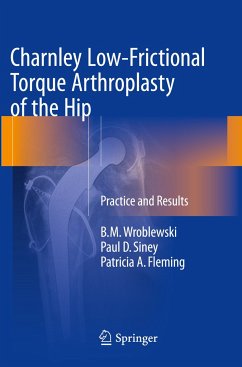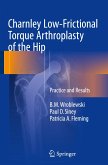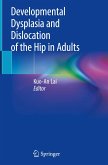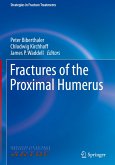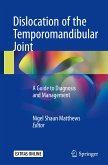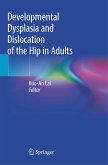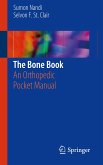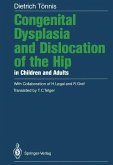This book reviews the principles and concepts underlying Professor Sir John Charnley's original work Low Friction Arthroplasty of the Hip: Theory and Practice (Springer, 1979) in the light of more extensive clinical experience with results, incidence and indications for revisions highlighted throughout.
The studies, combined with the examination of explanted components carried out with the backing of Universities, indicate the avenues for further research and the development and introduction of new ideas into clinical practice. The time span (1962 - 2015) involved has allowed a number of these very long-term studies not only to be brought to conclusion, but has given the benefit of their clinical application with meaningful results.
This is not a sudden diversion into new and speculative areas of hip replacement surgery. It is a carefully collected, documented and executed work of the evolution of the Charnley low-frictional torque arthroplasty of the hip based on sound principles, supported by long-term studies with benefits derived.
The studies, combined with the examination of explanted components carried out with the backing of Universities, indicate the avenues for further research and the development and introduction of new ideas into clinical practice. The time span (1962 - 2015) involved has allowed a number of these very long-term studies not only to be brought to conclusion, but has given the benefit of their clinical application with meaningful results.
This is not a sudden diversion into new and speculative areas of hip replacement surgery. It is a carefully collected, documented and executed work of the evolution of the Charnley low-frictional torque arthroplasty of the hip based on sound principles, supported by long-term studies with benefits derived.
"This is a book tracing the development of hip surgery from 1900-1990. ... Measurement of stability with outcome in individual patients are studied. Conclusions, suggestions, and management problems are looked at systematically. There is no doubt in my mind that this book should be on the desk of every orthpaedics specialist and students interested in the evolution and practice of hip surgery. This is a very good history." (Joseph J. Grenier, Amazon.com, June, 2016)

